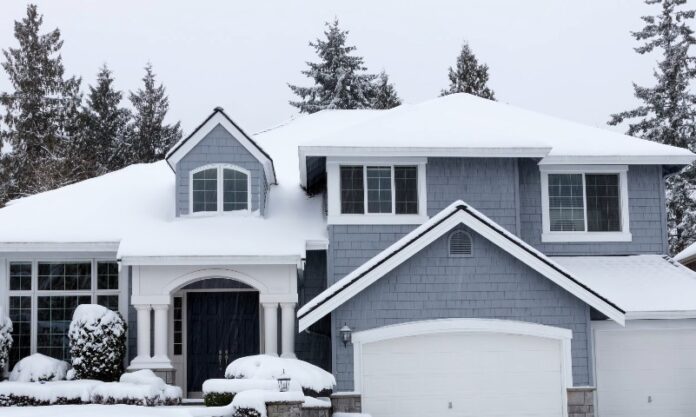A well-maintained home doesn’t happen by accident. It comes from consistent, organized attention to the details that keep everything running safely and efficiently.
Seasonal maintenance is the single most effective way to extend the life of your home’s major systems, prevent hidden damage, and control energy costs.
By following a simple, season-based checklist rooted in official building and safety standards, you can protect both your property and your peace of mind.
Roof Care Fundamentals
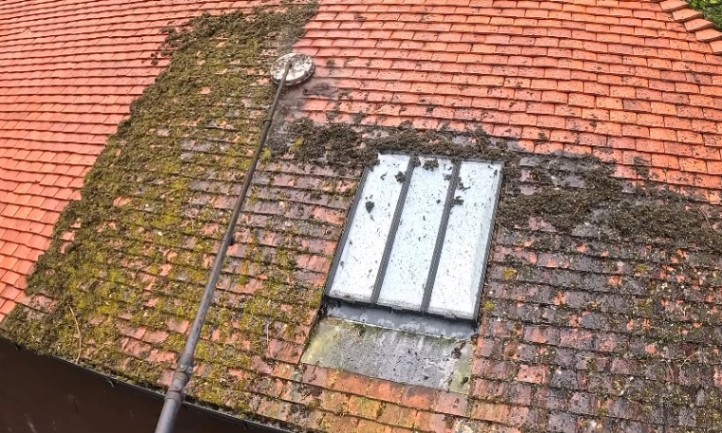
Your roof quietly takes the hardest hits from weather year-round. A few focused inspections and small upkeep tasks each season keep it strong, watertight, and ready for anything.
Visual Checks from the Ground First
Start every inspection from the ground. Look for missing or lifted shingles, bent flashing, or debris piles. After every storm, especially with wind or hail, scan the roof with binoculars.
Roofing authorities recommend checking at least in spring and fall, and after severe weather. Avoid climbing unless you’re trained and equipped for it.
Seasonal Cleaning and Minor Maintenance
Keeping the roof clean is one of the most effective ways to preserve its life.
- Gutters and downspouts: Clean at least twice a year, ideally in spring and fall. Houses under trees may need more frequent attention, or you can schedule a professional gutter cleaning service to ensure safe, thorough work.
- Debris removal: Clear leaves, branches, and moss to prevent moisture buildup and fire hazards.
- Moss and algae: Asphalt shingle roofs can be cleaned using a diluted household bleach solution (50:50 with water) and a low-pressure rinse. Never use high-pressure washers. When replacing shingles, consider algae-resistant options.
Fasteners, Flashing, and Penetrations
Inspect all metal accessories and re-seal exposed fasteners using compatible sealants. Check flashing around chimneys and sidewalls for cracks or gaps. Make sure ridge vents and caps are intact and anchored properly into the framing or sheathing.
Wind and Hail Protection
If reroofing, upgrade to impact-resistant shingles. Follow manufacturer nail placement and count recommendations. Trim overhanging limbs to prevent abrasion and reduce storm damage risk.
Exterior Upkeep That Prevents Water and Fire Damage
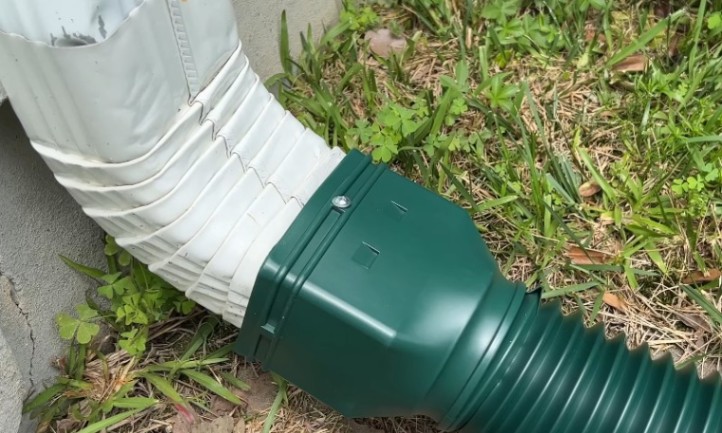
Your home’s exterior faces constant wear from rain, wind, and sunlight. Regular upkeep keeps water out, prevents fire hazards, and preserves structural integrity.
Drainage and Grading
Proper drainage is the first line of defense against water intrusion. Maintain positive grading away from your house so water naturally flows outward.
Downspouts should extend 5 feet or more from the foundation. Check extensions, splash blocks, and buried leaders for clogs, especially before heavy rain.
Siding, Paint, and Sealants
Walk the perimeter of your home and inspect siding, paint, and caulking. Cracked or missing caulk invites leaks and rot.
For homes built before 1978, assume lead paint is present unless testing proves otherwise, and follow EPA RRP lead-safe practices when disturbing old finishes.
Wildfire Defensible Space
Even outside wildfire-prone regions, the same practices reduce general fire risk:
- Keep roofs and gutters free from dry debris.
- Clear the first 5 feet around the home of combustible mulch, dry leaves, or wood chips.
- Use gravel or other noncombustible ground cover near walls.
Interior Repairs That Pay Off
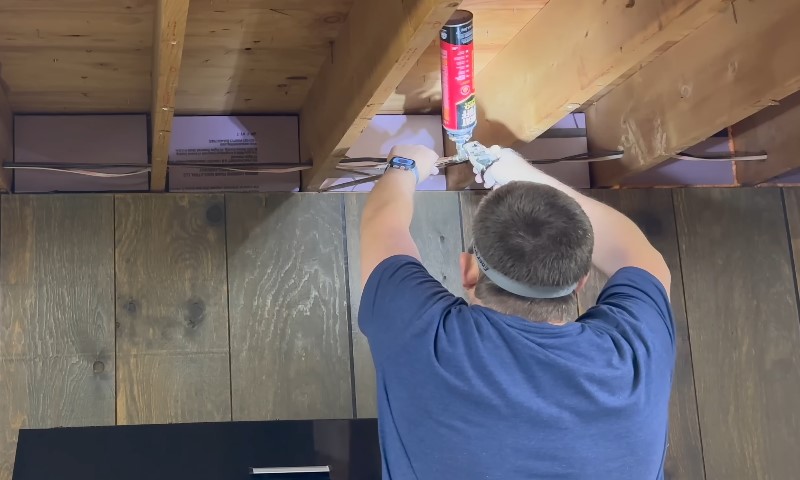
Interior upkeep protects comfort, air quality, and safety while saving on utilities. Small, timely fixes often deliver the biggest returns.
Air Sealing and Insulation
Proper air sealing can improve comfort and lower energy use by about 10 percent. Focus on common leak points such as attic hatches, plumbing penetrations, rim joists, and window or door frames.
Priority list:
- Seal large gaps first using foam or caulk.
- Weatherstrip doors and attic access points.
- Add attic insulation if it’s below recommended depth for your climate.
Moisture and Indoor Air Quality
EPA guidance highlights that indoor humidity above 60 percent encourages mold. Keep it between 30 and 50 percent.
Fix leaks within 48 hours to prevent growth. Small mold areas can often be cleaned following EPA guidance, but call professionals for widespread or recurring contamination.
Radon Testing
Radon is a silent hazard. Test every two years or after major renovations. Mitigation is recommended at or above 4 pCi/L and worth considering between 2 and 4 pCi/L.
Fire and CO Protection
Install smoke alarms on every level and in every bedroom. CO alarms should be on each floor and near sleeping areas.
Test both monthly and replace units at 10 years. These devices are your last defense against invisible dangers.
Heating Equipment and Chimneys
Book chimney inspections yearly. Keep at least 3 feet of clearance around heaters and plug them directly into wall outlets, never extension cords. Always turn them off when leaving or sleeping.
Clothes Dryer Safety
Lint is a fire hazard. Clean the lint screen after every load and the vent path yearly. Use rigid metal ducts instead of flexible foil hoses. Thousands of fires each year are caused by lint buildup.
Electrical Safety
Test GFCI outlets monthly. Kitchens, bathrooms, garages, basements, and outdoor areas all require GFCI protection. It’s a small step that prevents electrocution.
HVAC Filters
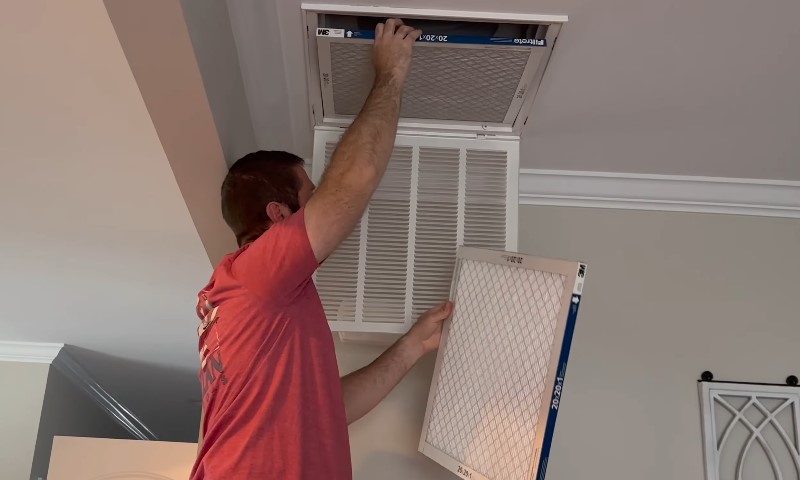
Change pleated filters every 90 days or more often if you have pets or allergies. Use the highest MERV rating your system can handle. ASHRAE recommends MERV 13 for systems that can support it.
Water Heater Maintenance
Drain sediment annually from tank-type heaters if your water is hard. Inspect the anode rod per manufacturer schedule to prevent internal corrosion.
Season-by-Season Checklist
| Season | Key Tasks | Recommended Sources |
| Spring | Inspect roof for winter damage, clean gutters, seal exterior gaps, service AC, replace HVAC filters, test alarms and GFCIs, retest radon if due | NRCA, FEMA, DOE |
| Summer | Control indoor humidity under 60%, inspect roof after storms, trim trees, flush water heater | EPA, IBHS, USFS |
| Fall | Clean gutters again, inspect chimney, test alarms, seal air leaks, service heating equipment | CSIA, NFPA, DOE |
| Winter | Maintain safe heater clearances, check attic for condensation, clean dryer vent path | NFPA, CPSC, DOE |
Priority Inspection Table
| System or Area | What to Check | Frequency | Why It Matters |
| Roof surface | Missing shingles, debris, flashing | Spring, Fall, after storms | Prevents leaks and wind intrusion |
| Gutters & downspouts | Clean, tight hangers, 5-ft discharge | Spring, Fall | Protects foundation |
| Attic & insulation | Air leaks, wet spots | Fall or post-leak | Cuts energy waste and moisture risk |
| Chimney & venting | Annual inspection and sweep | Yearly | Reduces fire and CO hazards |
| Smoke & CO alarms | Test and replace every 10 years | Monthly test | Saves lives |
| HVAC filters | Replace per schedule | 30–90 days | Improves efficiency and air quality |
| Clothes dryer | Lint removal, vent check | Every load; annual deep clean | Prevents fires |
| Radon | Short-term test | Every 2 years | Detects invisible gas risk |
| GFCI outlets | Test and reset | Monthly | Prevents electric shock |
| Wildfire debris control | Roof and gutter cleaning | Spring to Fall | Stops ember ignition |
Task Details and Execution Notes
@jeffthegutterguy When’s the last time you cleaned your gutters? #guttercleaning #gutters #smallbusiness #gutterguards #jmgutters #jeffthegutterguy
Some maintenance jobs demand precision. The following notes outline the safest, most effective ways to handle each key task without causing damage or risk.
Cleaning Gutters Without Damage
Use a plastic scoop and rinse toward downspouts with gentle water pressure. Ensure all joints are sealed and hangers secured. Extend discharge with rigid pipes or splash blocks so water lands at least 5 feet from the foundation.
Safe Roof Algae Removal
Apply a 50:50 bleach and water mix. Let it sit for 15–20 minutes, then rinse with low pressure. Shield plants and grass from runoff. Never pressure-wash shingles, as manufacturers warn that it voids warranties and strips protective granules.
Lead-Safe Paint Maintenance
For pre-1978 homes, never dry-sand or use heat guns on painted surfaces. Use wet methods and HEPA vacuums. EPA-certified contractors are required for any renovation disturbing lead paint.
Chimney and Fireplace Readiness
Book inspections before cold weather hits. Confirm the damper opens and closes properly, and the cap is secure. Burn only seasoned hardwoods to reduce creosote buildup.
Space Heater Rules
Always keep 3 feet of clearance around heaters, plug directly into wall outlets, and use models with tip-over shutoff. Never leave one running while asleep or away.
Dryer Vent Layout
Keep ducts short and straight using rigid metal piping. Replace crushed or flexible foil ducts. Make sure the exterior vent flap opens freely during operation.
Preventive Upgrades Worth Considering
- FORTIFIED Roof System: Includes sealed roof deck, enhanced edge detailing, and improved shingle attachment. These features reduce water entry during severe weather.
- Impact-resistant shingles: Essential in hail-prone areas, especially when paired with correct nailing patterns.
- Noncombustible gutter systems: Recommended for wildfire risk reduction, even in temperate regions.
- High-MERV air filtration: Use where systems can handle the added resistance for better indoor air quality.
Annual Planning Calendar
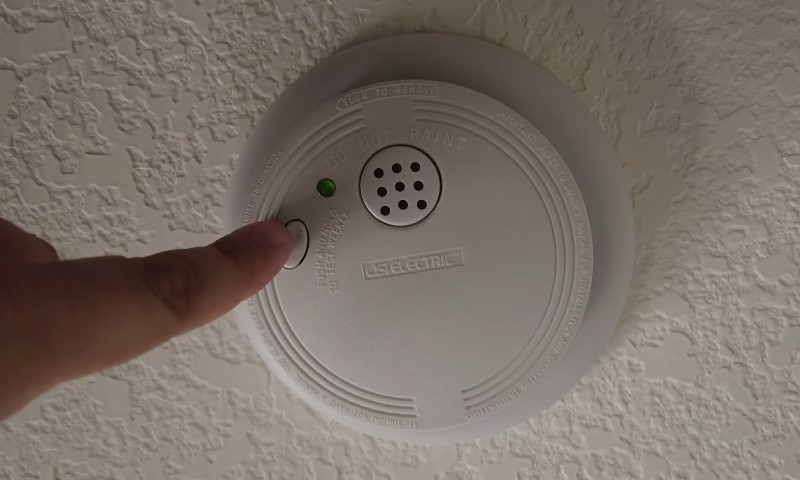
| Quarter | Tasks | Notes |
| Jan–Mar | Check attic for frost or condensation, test alarms, test GFCIs | Seal leaks first per DOE guidance |
| Apr–Jun | Roof and exterior inspection, gutter cleaning, HVAC service | ENERGY STAR supports sealing and insulation together |
| Jul–Sep | Humidity control, post-storm checks, tree trimming | EPA recommends RH between 30–50% |
| Oct–Dec | Chimney inspection, heating service, radon retesting | CSIA and NFPA require annual checks |
Core Maintenance Areas
| Area | Main Objective | Risk If Ignored |
| Roof & gutters | Keep water out | Mold, rot, structural damage |
| HVAC system | Maintain air quality and efficiency | Higher bills, poor airflow |
| Fire safety | Protect life and property | Increased fatality risk |
| Electrical | Prevent shocks and short circuits | Fire and electrocution |
| Drainage | Protect foundation | Basement flooding |
| Insulation & sealing | Control heat loss and humidity | Mold growth, high energy use |
Bottom Line
Seasonal home maintenance is the simplest form of long-term insurance. Roofs last longer, bills drop, and the air you breathe stays cleaner when you follow a clear rotation. Start with roofs, water control, combustion safety, moisture limits, and electrical protection.
Replace worn components early. When you treat maintenance as routine instead of reaction, both risk and cost decline, year after year.

